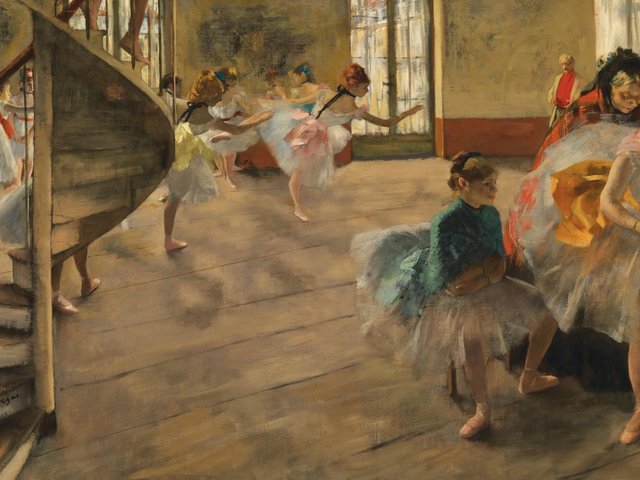The UK government is likely to reimburse the owner of a £4m painting by Johann Zoffany that was destroyed in a fire at Clandon Park, a country mansion in Surrey owned by the National Trust. This would be the largest payment ever made for a lost or damaged work of art in Britain under the government’s indemnity scheme, which insures works on loan to public venues.
A fire broke out in the basement of Clandon Park on 29 April 2015. The blaze, caused by an electrical fault, spread extremely quickly through a lift shaft and ceiling voids. Ninety-five percent of the house, including the roof and most of the floors, was destroyed. All visitors and staff were safely evacuated.
Among the most valuable works of art in the house was Zoffany’s The Mathew Family at Felix Hall, Kelvedon, Essex (mid-1760s), which hung in the morning room. It was on loan from the descendants of George Mathew (1760-1846), who is the boy shown in the painting seated on his mother’s knee. The portrait had been commissioned from the German-born artist, who worked mainly in England and was patronised by the royal family.
The picture was indemnified by the government under the scheme run by Arts Council England. The claim by the painting’s owner is now being processed. To put the £4m figure in context, the total value of loans indemnified in 2015/16 was £6.5bn, which saved museums and other public venues from having to pay for commercial insurance to borrow works.
The National Trust has not been as fortunate with the other works in its ownership that were lost in the fire. They were insured against only damage, not total loss. These included the porcelain and furniture bequeathed in 1968 by Hannah Gubbay, Onslow family portraits and a set of 1640s Mortlake tapestries. Of the 2,000 items in the mansion’s inventory, only 400 were removed from the house in time to save them from the flames. Most of the remainder were lost, although some have been salvaged in a damaged state and are now being conserved.
The trust’s insurance claim, mainly for the building, could be well over £50m and is now being dealt with by Zurich Municipal. From these proceeds, Clandon Park will be rebuilt. The rooms of the main floor are to be brought back to the original 1720s design of the Venetian architect Giacomo Leoni. The upper floor, which had much less of its original decoration, is to be converted into modern rooms for exhibitions and events.
Since the fire, the main work has been to secure the structure and to salvage material from the rubble. Rebuilding work might begin in 2017 but it will be several years before Clandon Park will reopen to visitors.


